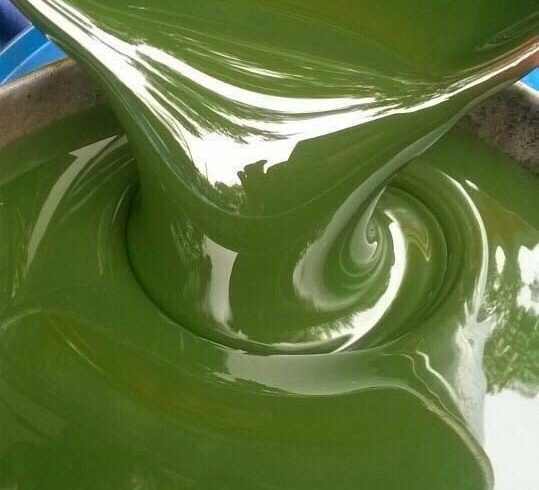Description of Rubber Process Oil (RPO)
Rubber process oil, both synthetic and natural is commercially used to produce products from rubber bands to a toy to the giant tires for various vehicles including aircraft. Rubber Process Oils are used during the mixing of rubber compounds.
Rubber process oil is an oil composition which has a kinematic viscosity at 100 °C of from 25 to 50 CST and which contains less than 3%. Polynuclear aromatic compounds are employed as a process oil for rubber compounds, especially aromatic rubbers.
Rubber process oil is used throughout a mix of rubber compounds. These facilitate in rising the dispersion of fillers and flow characteristics of the compound throughout more process. HJ OIl Co. rubber process oil is specially developed taking into thought the kind of rubber and also the end product applications.

The process oil is compatible with aromatic rubbers but contains less toxic polynuclear aromatic compounds than conventional aromatic RPO. Rubber products of acceptable quality are produced by the use of the said oil composition.
Advantages Of Rubber Process Oil (RPO)
1.Good abrasion resistance
2.Good low temperature flexibility
3.Low amounts of waste tyres in the process
4.Good resistance to reversion
5.According to with international standards (EU 2005/69/EC)
6.Save fuel and energy consumption
7.Extend tyres life time
8.It is used by tyre manufacturers who make tyres for exporting to European Union
Application of Rubber Process Oil (RPO)
As component in rubber formulations and manufacturing of products such as automobile tires, rubber shock absorbers, footwear, industrial hoses, wire, and cable coverings, flooring materials and carrier fluid or solvent in the manufacture of adhesives, sealants, polishes and carbon black
- Automobile Tires
- Rubber shock absorbers
- Footwear
- Industrial Hoses
- Wire and cable coverings,
- Flooring materials and carrier fluid
- The solvent in the manufacture of adhesives
- Sealants
- Polishes and carbon black
There are three different types of rubber process oils:
Aromatic oils:
The primary Characteristics of aromatic Hydrocarbons are the presence of the double bonded mix ring carbon structure. Aromatic extender oil well-known according to its viscosity which meets ASTM D-445 and Kinematic viscosity of transparent and opaque liquids it has different grades famous as high(heavy), medium, low (light) viscosity, TDAE, MES, and DAE.
Aromatic furfural extract rubber process oil (RPO) procured from selected refineries and suitably blended to meet stringent specifications, are used for compounding batches to manufacture tires, lactic, automotive tires and tubes, bicycle tires, tire re-treading materials, belting, hoses, battery casings and containers, extruded products, technical molded goods and rubber articles with reclaim rubber due to high solvency, calendared and molded sheets, Tread rubber TDAE oil. Also process oil (furfural extract) has color stability, solubility, and good thermal stability.
Paraffinic Oils:
This category of hydrocarbons constitutes branched chain or straight linked hydrocarbon molecules of various viscosities. Because the chain length will increase, the viscosity will increase, and also the rubber process oil becomes a lot of viscous. They find extensive usage in ethylene-propylene rubbers.
These are more stable and have the highest flash purpose for a given viscosity. This class of hydrocarbons constitutes branched chain or straight linked hydrocarbon molecules of various viscosities. As the chain length increases, the viscosity increases and the RPO becomes more viscous.
Naphthenic Oil:
Naphtha is a category of hydrocarbons conjointly referred to as ‘cycloparaffins’. Although their structure is similar to the aromatic ring, these are single bonded so having a stable structure.
Many such hydrocarbon rings are also linked, indicating a range of available grades. Their unique color stability, solubility, and good thermal stability make them ideal for molded articles, slippers, LPG tubes, floor tiles, etc. Naphthenic are a class of hydrocarbons also referred to as ‘cycloparaffins’. Though their structure is similar to the aromatic ring, these are single bonded thus having a stable structure.
-
Asphalt Oil
-
Aromatic RPO
-
Paraffinic RPO
-
Naphthenic RPO
-
Residual Aromatic Extract (RAE)
-
Treated Residual Aromatic Extract (TRAE)
-
Distillate Aromatic Extract (DAE)
-
Treated Distillate Aromatic Extracted (TDAE)
-
Mild Extracted Solvate (MES)
-
High Sulfur Fuel Oil (HSFO)








